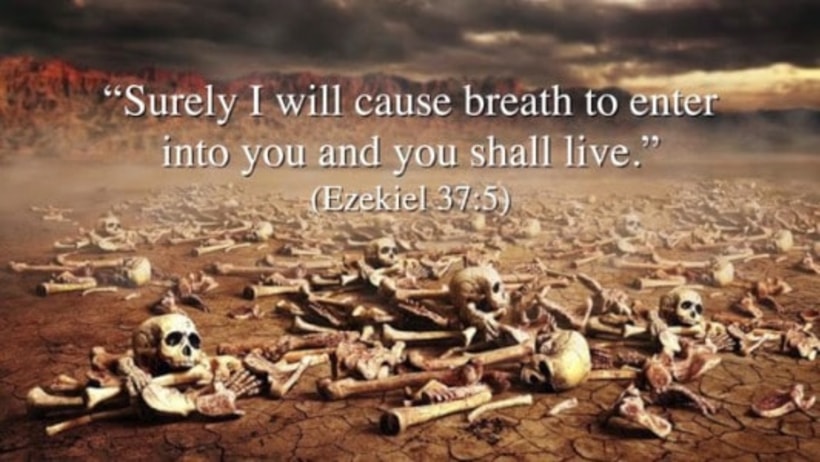Oasis Songs: Musings from Rav D
Friday, February 10, 2017 – 14 Shevat, 5777
This Shabbat marks Tu B’shvat– birthday of the trees, a tie to the land and our wonder and ecological appreciation for God’s creation.
It’s also Men’s Club Shabbat and we’ll have a lovely Friday night service followed on Saturday with the passionate leadership of our combined minyan.
As the children of Israel are perched at Egypt’s edge to freedom, we learn that a long made promise was about to be fulfilled. After four hundred years, Joseph’s last request to have his bones returned to the land of Israel is coming to fruition.

What does that mean to have your final wish honored after those centuries? What message was carried in those dry bones so sufficiently powerful that Moses had to listen to them? Indeed, a beloved midrash (Biblical explanatory fable) states that Moses stood on the banks of the Nile and raised his voice. “Joseph, Joseph, the time has come to redeem the oath.” At that, Joseph’s coffin rose from the muddy depths.
A little Hebrew knowledge can help us with our questions. In Hebrew, bones are atzamot, and essence is atzmut. The same letters with different vowels. So close. Too close. For our ancestors, your bones were your essence. They carried you through the world. Everything you were, everything you did is captured in their woody memory.
Indeed, in mystical teachings, each body is a house, and each limb is a member of the household. Inscribed on one’s bones, and impacting their color, our deeds for good and ill are engraved upon our bones. Like the white parchment of our Torah, our bones carry the black ink of wisdom on their surface.
Grasping what our Sages meant takes some guess work. But we know from countless descriptions in the Talmud that our ancients possessed deep knowledge of human anatomy. They studied remains. Wanting to ensure that the animals we ate were kosher, they nurtured familiarity with bones and biology.
That points us to understanding. When they said the bones told a tale, they knew empirically that there were no letters inscribed on those remains. Something deeper was at play, a sensitivity to how experience carves its invisible but enduring presence upon our very stuff, our very substance. In today’s world, some name this marking “cellular memory.”
We don’t often think of ourselves as the skeleton lurking just a few short measures beneath our skin. Yet there it is. Soul and body are deeply entwined in Jewish thought. They are not so separate as the Christian influenced mind-body or soul-body divide suggests. Identity without a body is hardly the same. Males covenant their bodies’ intimacy with the Holy One. Our bones know us in other words.
On reflection, none of this should be too shocking. We don’t cremate our own. We bury the holy body that carried the holy soul. Our people carries a notion that the luz, our tailbone, will be the seat of bodily resurrection. Our tail will tell a second tale.
And that brings us back to Joseph, doesn’t it? Our bones are our Torah. For hundreds of years, we suffered the humiliations of slavery. In all that passing and all those beatings, we held on to the notion of a Joseph–of a free, proud individual permitted to use his gifts as Joseph did in Egypt.
That’s a heap of hoping to pile on some bones. Ridiculous even. Yet here we are, thousands of years after living that dream. Ezekiel even foretold it when he said, “these dry bones will rise again.” Our stories live after us. If that’s not incentive to strive a bit better, what is?
Shabbat shalom,



